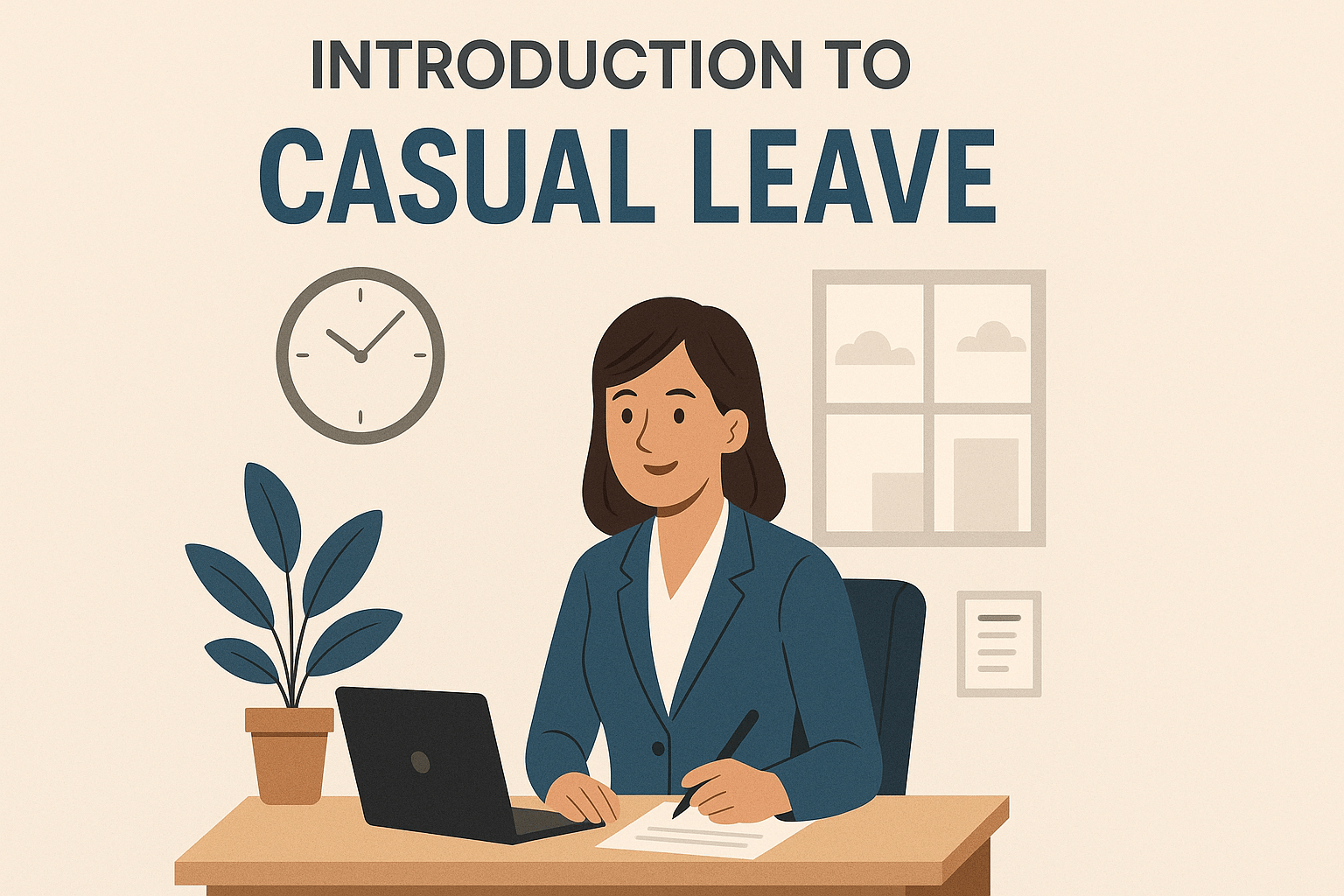Always-on culture

A constructive, positive company culture is essential for a business’ long-term prosperity. The better an organisation’s culture – the happier and more productive their workforce and the higher their rate of staff retention. A healthy work culture shapes the overall environment, values, and norms within an organization, supporting employee well-being and work-life balance.
However, businesses can unwittingly foster a destructive company culture and an example of this is an ‘always on culture’. Organisations play a crucial role in shaping and transforming culture to ensure employee well-being and sustainable work practices. This post explains what defines an always-on culture, the potential problems it can cause, such as blurred boundaries between work and personal life. Setting a clear boundary is vital to prevent burnout and maintain balance, with always-on expectations often leading to employees feeling stressed, overwhelmed, and pressured to work extra hours.
Introduction to Always-on Culture
The always-on culture describes a work environment where employees feel expected to be available and responsive to work demands at all times, regardless of the hour or their personal commitments. With the rise of remote working, mobile phones, and digital communication tools, the boundaries between work and personal life have become increasingly blurred. This shift has made it more difficult for employees to fully disconnect from their jobs, often leading to challenges in maintaining a healthy work life balance. The constant connectivity enabled by technology means that work can intrude into evenings, weekends, and even vacations, putting both physical and mental health at risk. Employers play a crucial role in recognizing the dangers of an always-on culture and must take active steps to create a positive work environment that prioritizes employee wellbeing, supports clear boundaries, and encourages a healthy separation between work and personal life.
What is an always-on culture?
An always-on culture is one in which a company’s employees feel like they’re always working or thinking about work. As a result, they never truly get to switch off and relax in their free time before returning to work refreshed.
One of the main contributors to the increase of always-on culture is technology, as it makes it easier for employees to take their work home with them. Phones allow employees to be contactable at all times. Many employees now use their personal phone for work-related tasks, which further blurs the line between work and personal life. Phones also allow employees to check their work emails from anywhere. However, frequent switching between work and personal communication apps on these devices can lead to time wastage and reduced productivity. Laptops and cloud services, meanwhile, enable employees to take their work home with them, and traditional work schedules have been dealt a significant blow by these technological advances.
What causes an always-on culture?
Management
Invariably, The root cause of an always-on culture is an organisatiion’s management. It’s a company’s leadership that sets the tone and establishes how taking annual leave and sick leave is perceived within the organisation. Employees observe the attitude of their team leaders towards those that take time off and respond accordingly – even if it’s through seemingly harmless jibes about certain employees ‘never being there’ or always being sick.
This attitude can then trickle down so staff are reluctant to book annual leave or stay at home when they’re sick – and become resentful when their colleagues do so.
Competitive work environments
High pressure or target-driven work environments, such as sales, can breed an always-on culture. Employees don’t want to fall behind their colleagues, and many employees find it difficult to psychologically detach from work due to constant expectations and pressures. This often comes at the expense of their work/life balance. For the average employee, this can lead to increased sick leave, reduced productivity, and higher organizational costs. The less secure an employee feels about their position at the company, e.g., after a few underwhelming weeks or months, the worse this is likely to be. Long working hours further exacerbate the challenge of maintaining a healthy work-life balance.
Small companies
Small companies are also likely to succumb to an always-on culture, as they only have a few employees who might think they’re letting everyone down if they don’t come in.
Start-up companies are a prime example of this. If the start-up’s employees are stakeholders, they might relish constantly being ‘on’ – especially with the possibility of large rewards for their hard work. This environment often demands a high level of dedication from founders and employees, requiring unwavering commitment and long hours to drive business growth. However, this culture can persist as the company grows and is inherited by new employees – despite them not having ownership in the company. Start-ups with global teams may face even greater challenges, as coordinating across time zones can intensify the always-on expectations and make work-life balance more difficult to achieve.
What are the consequences of an always-on culture?
Poor work/life balance
An always-on culture causes employees to develop a poor work-life/balance. This could manifest itself as working a lot of overtime, not taking enough annual leave, or engaging in leaveism. As a result, they won’t get enough time away from work to rest and recuperate. So not only will you fail to get the best out of your staff but there’s a significant danger of them burning out.
Presenteeism
Because employees are less willing to call in sick, they’re more likely to still come into work when they’re feeling unwell. This results in ‘presenteeism’, where a colleague attends work when it’d be better for them to stay home and recuperate. Not only is an employee not at their best in such a scenario but, in some cases, they also risk making their colleagues sick. It is important for organizations to support employees who are unwell by encouraging them to rest and recover, rather than feeling pressured to attend work. Additionally, managers should recognise the signs of presenteeism early to help address underlying issues and promote a healthier workplace.
Higher rates of staff turnover
As an always-on culture increases instances of employee burnout, it’s also bound to decrease your staff retention rate. Employees are likely to leave if they find a comparable job that offers a more pleasant working environment. The ability of employees to set boundaries and disconnect from work is crucial for preventing burnout and maintaining a healthy work-life balance.
Impact on Employee Wellbeing
An always-on culture can take a significant toll on employee wellbeing, leading to heightened stress, burnout, and a decline in job satisfaction. When employees feel pressured to respond to work messages or emails outside of their regular working hours, their personal time is compromised, making it difficult to recharge and maintain a healthy work life balance. This constant state of alertness can create a vicious cycle of work pressures, where employees struggle to switch off and recover, ultimately impacting their mental health and overall quality of life. Relationships with family and friends may suffer, and the risk of long-term health issues increases. To break this cycle, employers must set clear boundaries around working hours, encourage employees to protect their personal time, and foster a culture that values mental health and employee wellbeing above constant availability.
Team Dynamics
The always-on culture doesn’t just affect individuals—it can also disrupt team dynamics. When employees feel the need to be constantly available, it can spark unhealthy competition among colleagues, with team members trying to outdo each other in terms of responsiveness and hours worked. This environment can quickly become toxic, leading to burnout, reduced productivity, and a breakdown in trust. Moreover, the pressure to always be “on” can undermine psychological safety, making employees hesitant to share ideas, admit mistakes, or ask for help. Employers must foster a positive team culture by encouraging open communication, mutual respect, and collaboration. By prioritizing psychological safety and healthy team dynamics, businesses can create an environment where employees feel supported, valued, and empowered to do their best work.
How to fix an always-on culture
Fortunately, as dangerous as an always-on culture is, there are several ways to both prevent one from developing within your company and changing one if it takes hold. One practical step is to use an email signature that clearly communicates your working hours and sets expectations for when you are available, helping to establish professional boundaries. Additionally, it is important to set clear guidelines around responding to messages, so team members know when immediate replies are expected and when it is acceptable to respond later, supporting a healthier work-life balance.
Encourage staff to take leave
Firstly, and most importantly, you should urge employees to take their entire annual leave allowance. It’s vital that they feel comfortable requesting holiday and they don’t feel they have to worry about work while they’re away. More specifically, staff need to be encouraged to take their entire annual leave allowance so they constantly have a chance to return feeling refreshed and renewed. Your staff holiday planne is an indispensable tool for this as it will help you identify which employees haven’t taken any days off in a while and who doesn’t have any booked in.
Encourage staff to stay home if sick
As with taking days off, you need to encourage your staff to stay home if they’re ill. If they still show up to work when they’re visibly unwell, send them home to communicate the message that their recovery and ongoing wellbeing are more important than showing up and ‘toughing it out’.
Management should lead by example
When it comes to both taking time off and calling in sick, a company’s management needs to lead by example. By regularly booking holiday and staying at home when they’re under the weather, managers show their teams that it’s ok to switch off. More importantly, when managers are off, they shouldn’t constantly check in and should only be contactable in an emergency.
With ScheduleLeave’s holiday calendar and reporting tools, you can see, at a glance, which employees have large annual leave allowances outstanding or haven’t taken a day off in a while – and could so with a rest. Sign up for your
Clear Boundaries and Communication
Establishing clear boundaries and effective communication is essential in combating the always-on culture. Employers should set realistic expectations regarding working hours, response times, and preferred communication channels. For example, implementing policies such as email-free evenings or weekends, or using tools like Microsoft Teams to signal when employees are off the clock, can help reinforce these boundaries. Managers must lead by example, respecting employees’ personal time and demonstrating a commitment to work life balance. By clearly communicating expectations and supporting employees in maintaining boundaries, organizations can reduce stress, prevent burnout, and promote a healthier, more sustainable working life.
Positive Work Environment
Creating a positive work environment is key to supporting employee wellbeing and counteracting the negative effects of an always-on culture. Employers can foster a positive atmosphere by encouraging employees to take regular breaks, use their vacation time, and prioritize self-care. Offering more flexibility through remote working options, flexible hours, or compressed workweeks can also help employees balance their work and personal lives. Recognizing and rewarding employee contributions, providing opportunities for growth, and soliciting regular feedback all contribute to higher morale and job satisfaction. The first step for any business is to acknowledge the existence of an always-on culture and take proactive measures to address it. By fostering a supportive, flexible, and healthy workplace, employers can boost productivity, reduce burnout, and ensure long-term success for both employees and the organization.



